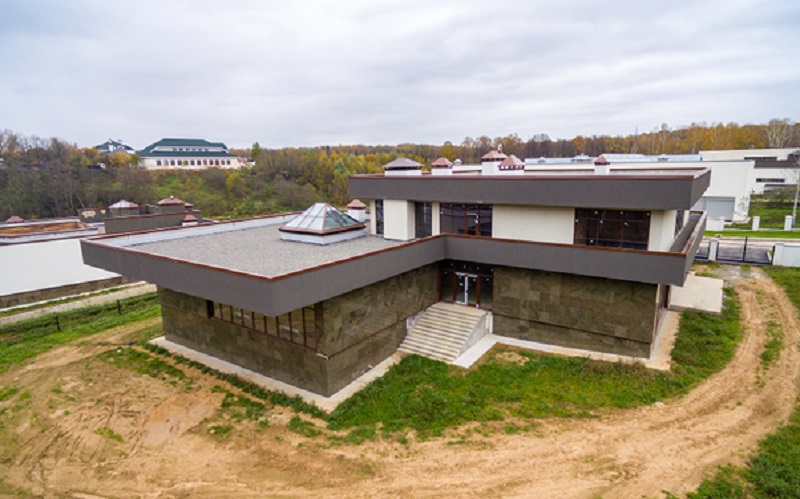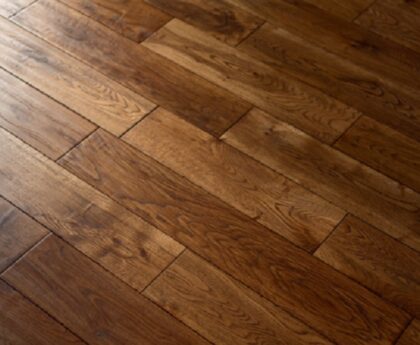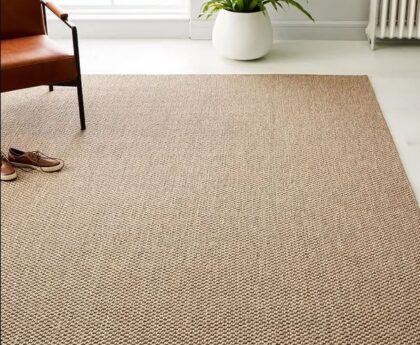Renovating a landed house isn’t like sprucing up a flat. It comes with more freedom, more space, and also more rules. From planning approvals to drainage layouts, landed house designs in Singapore can be full of surprises. If you’re thinking of tearing down walls or giving your façade a facelift, here’s what you need to know before the dust starts flying.
Understand the Legal Groundwork
Planning Permission Isn’t Optional
Unlike HDB or condo units, landed properties are subject to Urban Redevelopment Authority (URA) guidelines. Any major changes involving the exterior, structure, or footprint of the house require planning permission. This includes adding an attic, extending the rear, or building a swimming pool. Getting this sorted early prevents expensive backtracking. Residential interior design services often work alongside architects to submit the required documentation.
Know the Types of Landed Properties
Not all landed houses are the same. Terrace homes, semi-detached units, and bungalows each have different building limits and guidelines. These influence how high you can build, how close you can extend to your neighbour’s wall, or whether you can touch that old garden wall. A well-versed team familiar with landed house design in Singapore will navigate these constraints without compromising your vision.
Set a Budget with Wiggle Room
Cost Creeps Up Quickly
Renovating landed property can burn through your budget faster than expected. There’s more surface area, more labour, and often more bespoke elements. From roofing to flooring, the scale is larger and so are the bills. Residential interior design services that specialise in larger homes usually factor in a buffer of at least 15% for unexpected adjustments.
Long-Term Value Over Short-Term Wins
Don’t go cheap on things that matter long-term, like waterproofing or electrical rewiring. It might not be the most eye-catching part of landed house design in Singapore, but it’s the backbone of a smooth renovation. A proper plan reduces the need for future fixes, saving time and money in the long run.
Plan for Practicality
Zoning Matters
Landed homes often span multiple levels. Zoning the space helps prevent daily traffic jams at home. Group noisy areas like the kitchen or entertainment room away from bedrooms. If you’re living with multiple generations, think about adding an extra living space or partitioning a section for privacy. Residential interior design services can help map out flow, not just floor plans.
Don’t Ignore Outdoor Areas
The garden, car porch, or roof terrace deserves design attention too. Many homeowners focus only on interiors and leave these spots as an afterthought. But with landed house design in Singapore, outdoor spaces can become extensions of your home, not just patches of grass. Think: a dining patio, vertical herb wall, or shaded lounge.
Choose the Right Design Partner
Look for Experience with Landed Projects
Not all designers are equal. Residential interior design services that focus on landed houses will have a better grasp of the paperwork, structural concerns, and proportion scaling involved. Ask to see their past landed house design in Singapore before you commit. The more relevant experience they have, the smoother the ride.
Communication is Key
Design is a team sport. You need someone who listens, explains things clearly, and keeps you informed. Miscommunication can lead to costly errors, like ordering the wrong materials or building something off-plan. A good designer doesn’t just make things look pretty; they help prevent problems before they start.
Prepare for Disruption
You Might Have to Move Out
Unlike a condo, renovating a landed house can mean major construction. Depending on the scope, you might be living in a noisy, dusty shell for weeks or worse, months. In many cases, it’s smarter to move out for the bulk of the work. Residential interior design services often recommend a phased approach to reduce inconvenience, especially if you’re staying put.
Timeline Extensions Are Common
Delays happen. Rain, permit hold-ups, or late shipments can all slow things down. Buffer time into your expectations. A reliable team will set a realistic schedule and communicate any changes clearly. Flexibility helps everyone stay sane.
Think Ahead for Better Living
A good landed house design in Singapore doesn’t just meet today’s needs. Think about ageing in place, resale potential, and changing family needs. Adding extra storage, planning for a home lift, or leaving space for solar panels are all smart ways to future-proof your space.
Contact MYD Pleasant Home Design to turn your landed house into a liveable, lovable space built for now and later.





